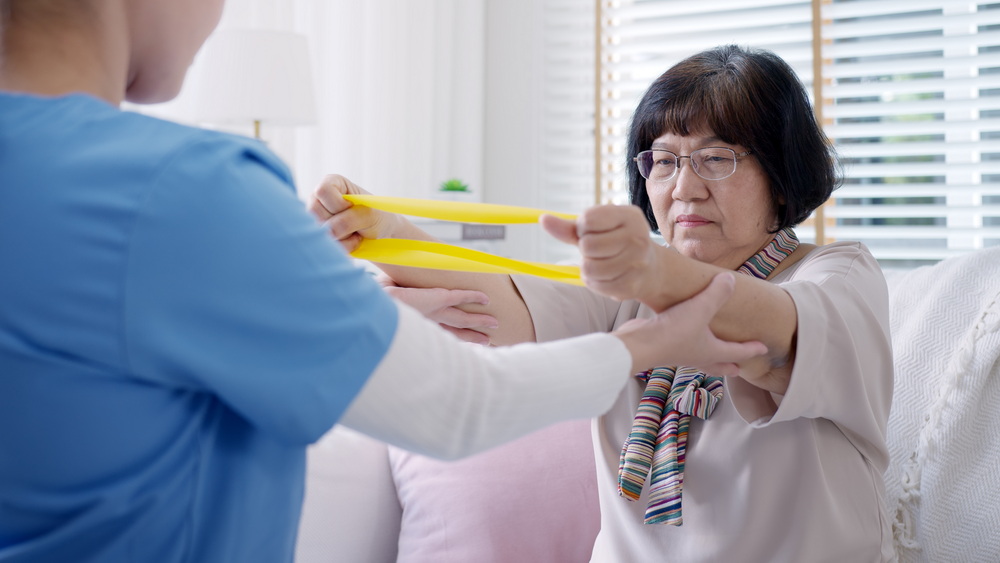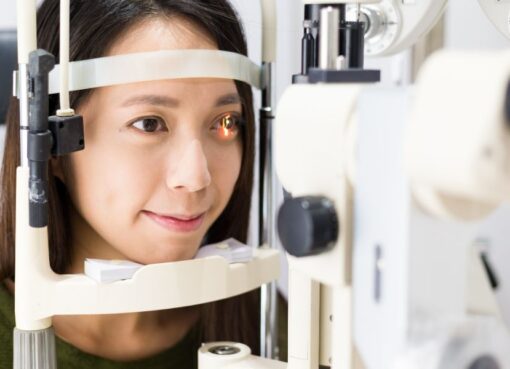In this country, all in-home nurses are registered nurses (RNs) and therefore have all the expertise to provide the type of professional medical care that we associate with the nurses who staff our hospitals. For many older people, there eventually comes a time when an in-home nurse becomes something of a necessity – at least in order to maintain both the home and the independence of the person. In some rare cases, younger people may also require an in-home nurse, particularly after a serious injury and throughout the recovery period that follows them.
However, while in-house nurses are indeed RNs, and while the training to become one is broadly the same, there are a number of duties which are pretty specific to the discipline, and which require some specific training. If you are thinking about becoming an RN – or you already are one – and would like tailor your expertise in the direction of home nursing, it’s worth understanding more specifically what an in-house nurse is and what they actually do.
What Does an In-House Do?
In-house nurses can go by several different names. You might hear them referred to as home care nurses, medical caregivers, or home health caregivers, but these all refer to the same thing, a nurse who provides nursing assistance to people in their own home. And, as you are no doubt aware, patients typically include the elderly.
An in-home nurse is qualified to administer medications, treatments and injections and they typically do so for those conditions which require this on an ongoing basis. Such conditions include diabetes, tracheotomy, respiratory colostomy, and so on. An in-home nurse may also dress injuries until they heal, something which can take significantly longer for elderly people.
ADL
As well as providing medical care, an in-house nurse may also assist with day-to-day living as well. A patient may not require specific medical care but might instead require help with what is referred to as the activities of daily living (ADLs). Just as a nurse may also assist a person in a hospital who has trouble with any of these, an in-house nurse provides the same care within the home. ADLs include:
- self-feeding
- functional mobility, which entails moving around the home, getting in and out of bed and even making small trips outside of the home
- dressing and undressing
- basic toilet hygiene, which is all the things one needs to do in the bathroom besides the actual acts of urination and defecation
- personal hygiene, which include brushing and styling one’s hair, shaving and general grooming
- bathing or showering.
IADLs
IADL stands for the instrumental activities of daily life, and it may also be an in-house nurse’s job to see to these as well. IADLs are those activities which are not considered absolutely necessary for life, but which are nevertheless necessary for independent living. These include, among other things:
- cleaning and looking after the home
- cooking and preparing meals
- shopping
- running errands (and connection with the wider community)
- managing money and finances
- communicating with a telephone or other devices
- taking prescribed medications.
So, as you can see, there is very much in the duties of an in-house nurse which can be thought as simply hospital-style nursing care transplanted to the home. But there is also much more besides this. Most fundamentally, an in-home nurse will build a relationship with a patient, and this is often what many report to be the most rewarding aspect of the job. If you think this role might be for you, you can visit a sites such as Health Jobs Nationwide to look for vacancies.





